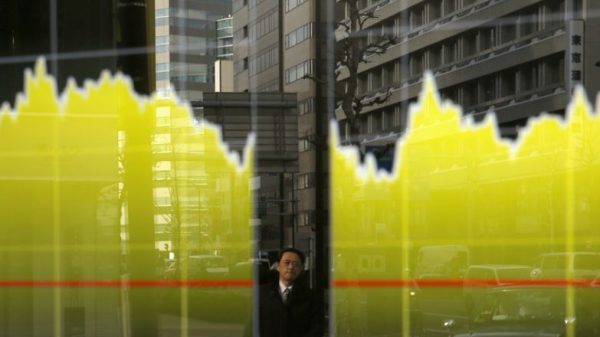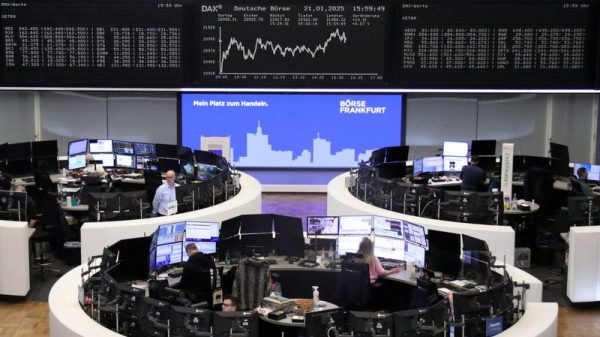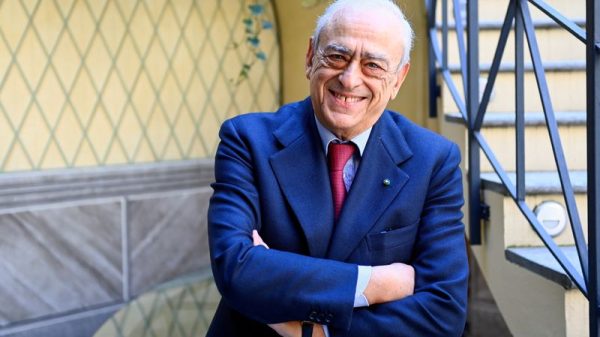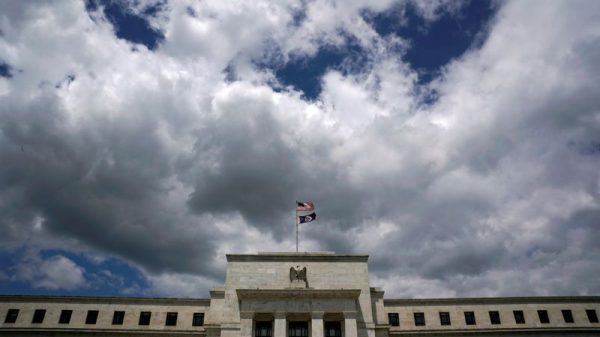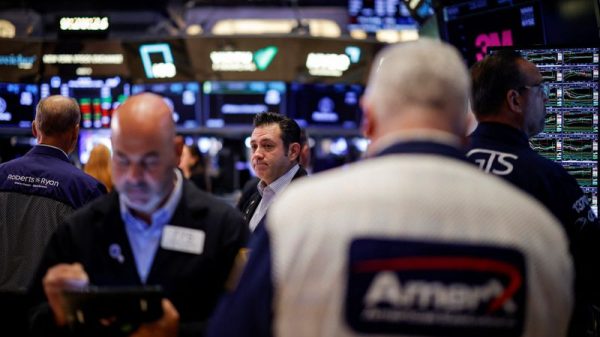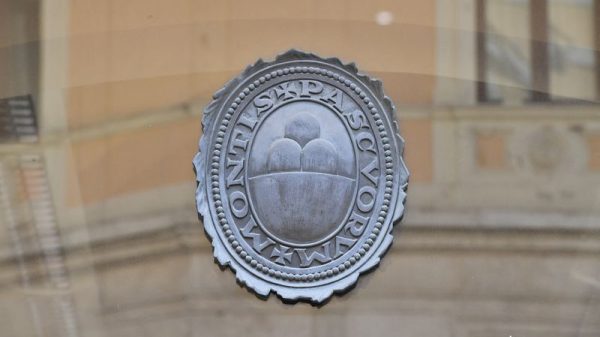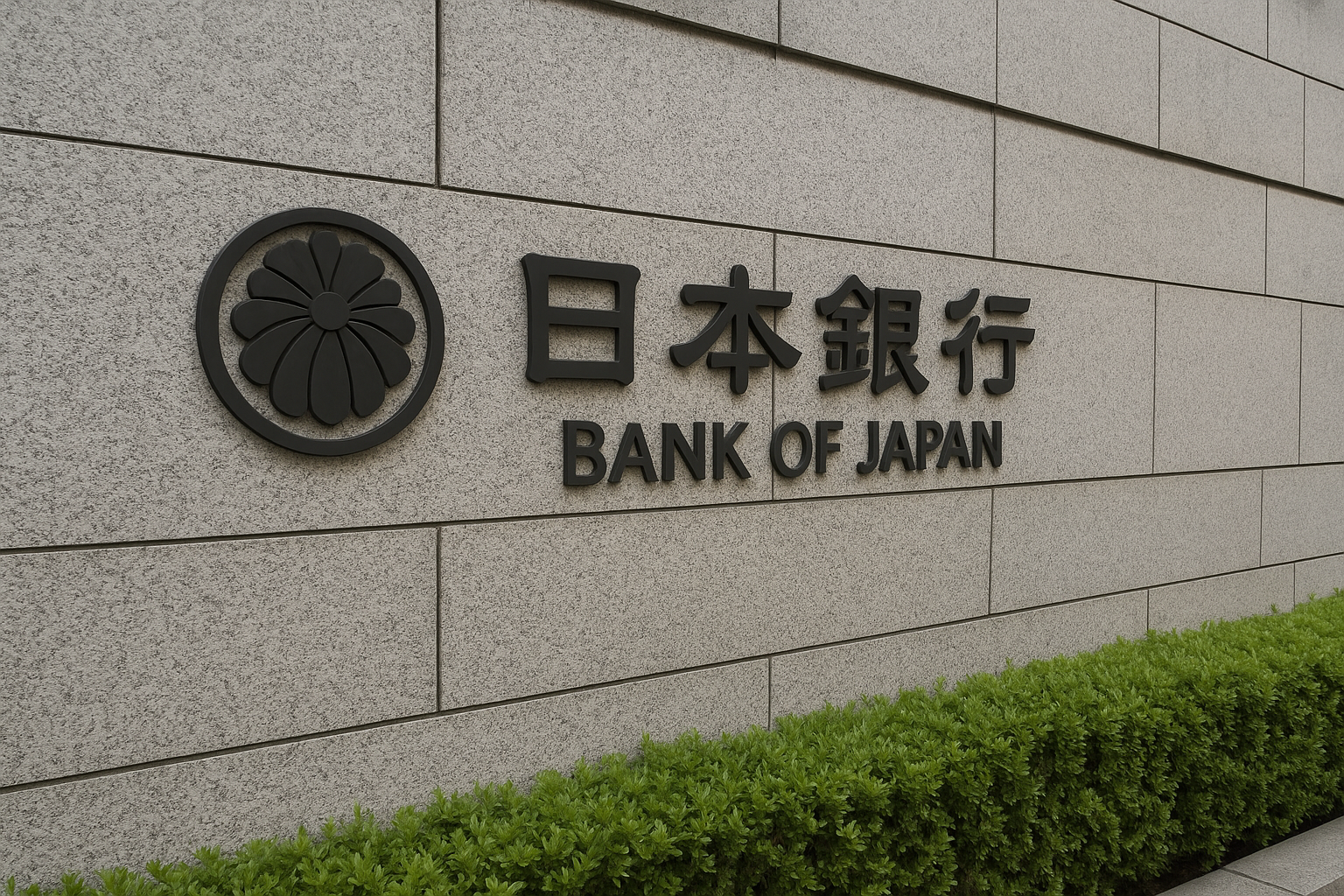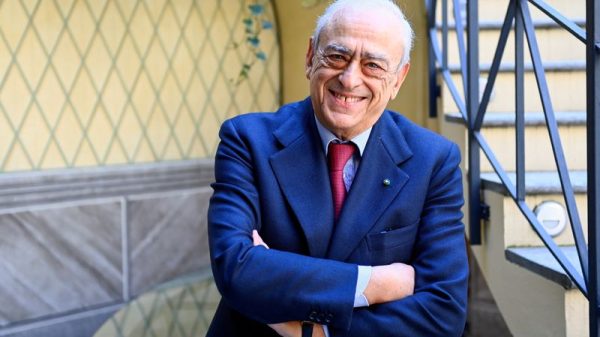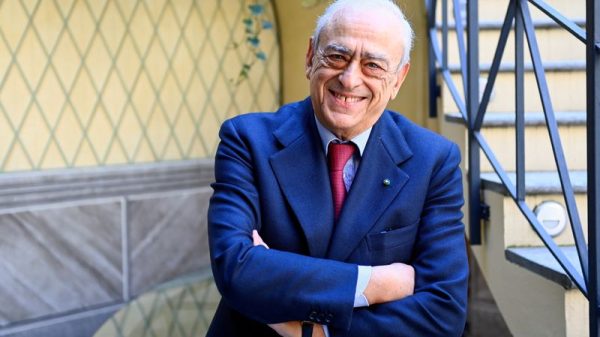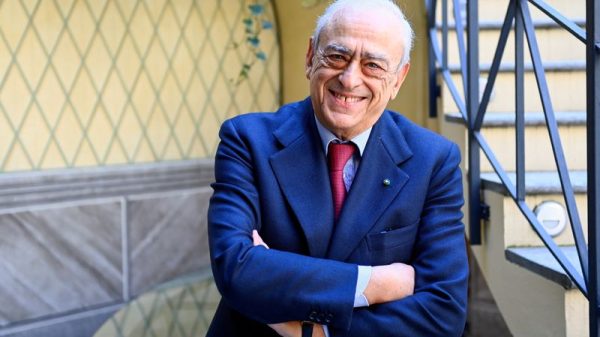The Bank of Japan (BOJ) on Thursday kept its benchmark interest rate unchanged at 0.5% during its first monetary policy meeting since Prime Minister Sanae Takaichi took office earlier this month.
The move was widely expected by economists polled by Reuters, who had forecast a cautious stance amid persistent inflationary pressures and currency weakness.
The decision marks the 41st consecutive month that inflation has remained above the BOJ’s 2% target, raising questions about how long policymakers can maintain an accommodative stance.
The nine-member board voted 7-2 to keep rates unchanged, with dissenting members Naoki Tamura and Hajime Takata pushing for a 25 basis point hike.
Market reaction was muted.
The yen edged 0.2% lower to 153.03 against the dollar, while benchmark 10-year Japanese government bond yields held steady.
The Nikkei 225 index rose 0.4%, supported by continued investor optimism over Japan’s corporate earnings season.
Gradual tightening expected amid global uncertainty
Economists said the BOJ’s decision reflects a balancing act between addressing inflation and sustaining economic growth.
Krishna Bhimavarapu, APAC Economist at State Street Investment Management, said there was an “increased likelihood” of a rate hike within the next two meetings, once global trade-related volatility is better assessed.
“Nonetheless, the Bank is still likely to move only gradually in the next year as well,” she added.
The central bank’s cautious tone underscores growing concern about Japan’s export competitiveness, which has been strained by a prolonged period of yen weakness.
Exports had contracted for four straight months before rebounding in September, though shipments to the US continue to decline.
Yen weakness draws US criticism
The policy decision came days after US Treasury Secretary Scott Bessent met with Japan’s new finance minister, Satsuki Katayama, in Tokyo.
The meeting appeared to spotlight Washington’s frustration with Japan’s weak currency.
In a statement following the talks, the US Treasury Department said Bessent “highlighted the important role of sound monetary policy formulation and communication in anchoring inflation expectations and preventing excess exchange rate volatility.”
Former President Donald Trump has also criticized Japan’s monetary stance, accusing Tokyo of using a weaker yen to gain trade advantages.
Takaichi, long seen as a supporter of loose monetary policy, had previously called BOJ rate hikes “stupid,” though she has since moderated her rhetoric.
Takaichi faces test balancing growth and currency stability
Takaichi’s administration is seen as a continuation of “Abenomics,” the economic framework championed by former Prime Minister Shinzo Abe that combined fiscal stimulus, structural reform, and ultra-loose monetary policy.
She has pledged to coordinate closely with the central bank to sustain growth while managing inflation.
“What’s most important is for the BOJ and government to coordinate policy and communicate closely,” Takaichi said on Oct. 21.
However, analysts warn that her policies—especially large-scale fiscal spending—could further weaken the yen.
The so-called “Takaichi trade” has already driven the currency beyond the 150-per-dollar level, while propelling Japanese equities to record highs.
For now, the BOJ’s steady stance suggests that while inflation remains elevated, policymakers are in no rush to tighten conditions—keeping Japan an outlier among major central banks that have moved aggressively to curb price pressures.
The post Bank of Japan holds rates steady in first policy meeting under Takaichi appeared first on Invezz

